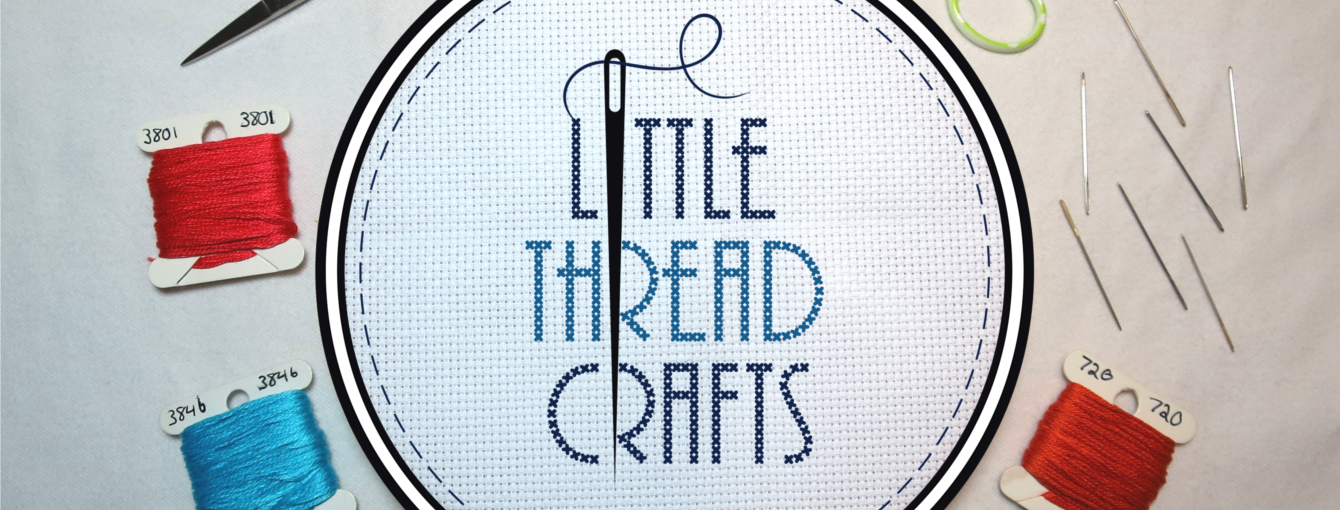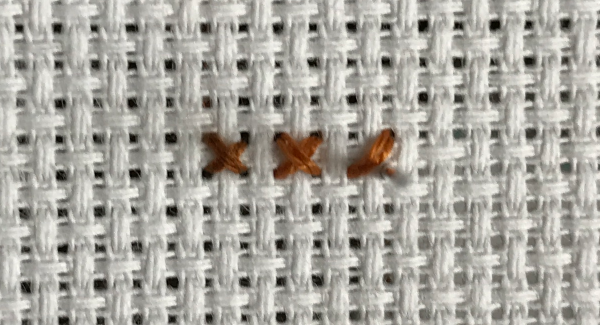Term of the Week: English Method

Term of the Week: English Method
This week’s Term of the Week dives back into some more technical terminology!
When looking through cross-stitch techniques, guides, and instructions, you may come across the phrase ‘English Method’. And if you were like me, you’ll have no idea what that means. Luckily, the concept is actually pretty simple.
There are two main methods of stitching the crosses in cross-stitch: the English Method, and the Danish Method. We covered the Danish Method last week. Today, we’ll cover the English one!
When you make your stitches, if you do each ‘x’ at a time – so / and \ to make your x – before moving on to the next stitch in the row or column, they call that the English Method of stitching! It’s as simple and basic as that.
The English Method is also called the Vertical method because that is the primary use for this method of stitching. You use it to make a vertical column of crosses. Stitchers do not recommend using this method on horizontal rows. Also, this method is more sturdy and anchored on the fabric, but it also uses a lot more thread than the alternative of the Danish Method.
I don’t know why the English Method is called that. I tried finding the origin behind the name. My assumption was it was used primarily by the English in their embroidery work and that’s how it got its name. I couldn’t find anything to confirm this though. If any readers happen to know or have a source to the origin, feel free to let me know!
——————————————————————————
“Term of the Week” is a weekly blog post highlighting a new word or phrase commonly used among cross-stitchers but not found in an ordinary dictionary. These posts are to help explain the words’ meanings in context and provide a resource for anyone wondering what a term like “frogging” means. Check back every Thursday!

